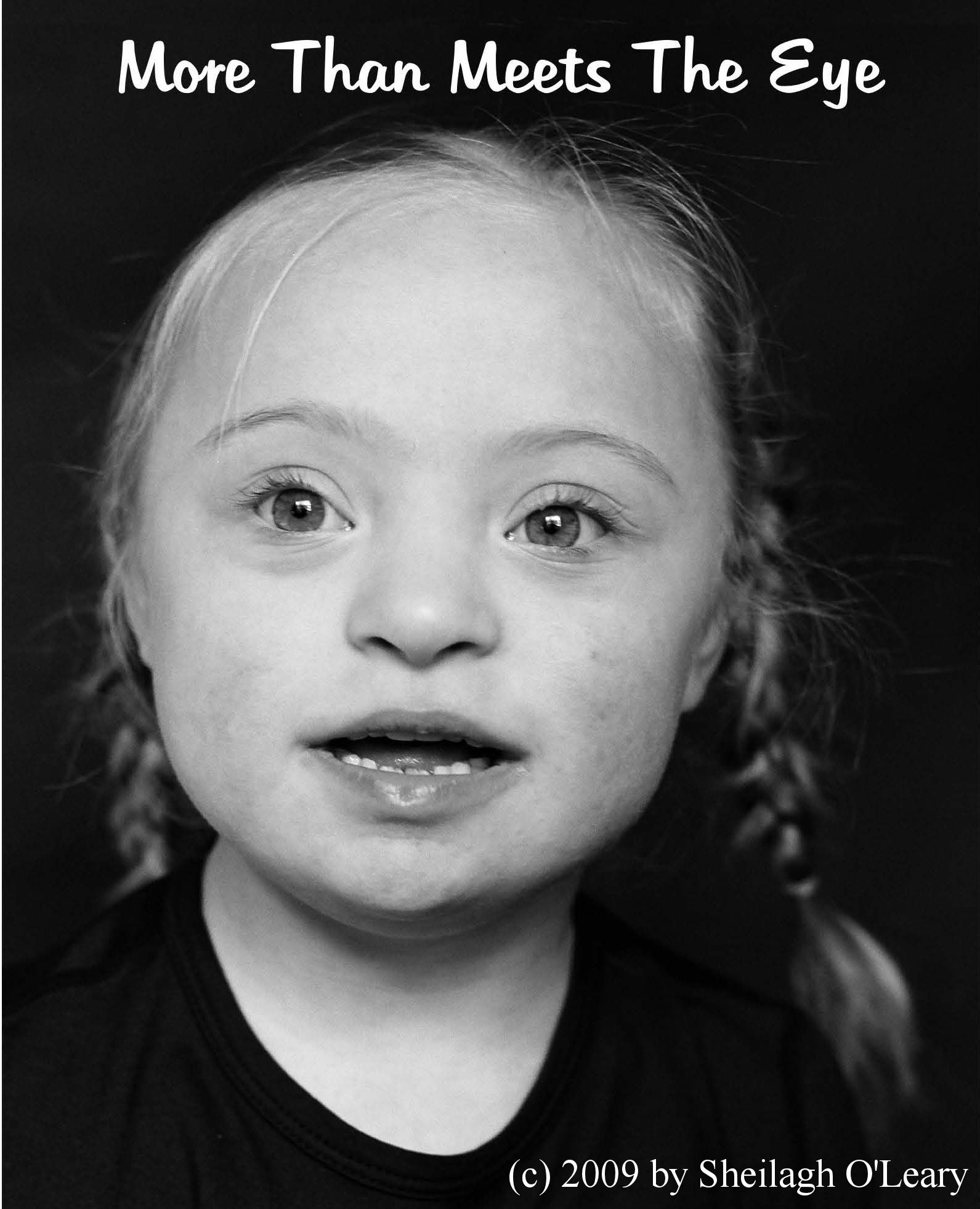
Negative Eugenics in
America: the
case
of "Mongolian imbeciles"
The child shows
Down
Syndrome (Trisomy 21),
the result of duplication of Chromosome 21 in the
gamete from one of his parents. Because the characteristic
epicanthic
eye fold of Down Syndrome superficially resembles that seen in
some Asian
populations, Down Syndrome was for many years called 'Mongolism.' Some
racialist scientists went so far as to suggest that the syndrome
was a
'regression' to a more primitive [i.e., non-white] type. The
illustration is from a 1912 book by Henry Goddard, a founder of
modern psychology, who suggested that the
condition was a hereditary characteristic of particular pedigrees.
Incorporating
Goddard's technical categories of 'imbecile'
for an adult with a mental
age of 7~12, or 'idiot'
for a
lower mental age, such persons were
called 'Mongoloid imbeciles'
or 'idiots.' Thus
stigmatized,
persons showing Down Syndrome were institutionalized and received
little or no education
or training, perpetuating the stereotype of mental deficiency.
This derogatory term is seldom if ever
heard nowadays.
The chromosomal basis of Down Syndrome was
not recognized until the 1960s. Down Syndrome is 'genetic,' because it
results from a chromosome duplication in a parental gamete, but
not
'hereditary,' because
almost
all persons showing Down Syndrome
are functionally sterile and cannot pass on gametes with a
duplicated
chromosome to the next generation. Down Syndrome is therefore a
'sporadic' genetic
condition
that does not run in families, contrary
to Goddard's assertion. With family support, social services,
and appropriate education, persons with Down Syndrome are often
able to
function well in society. See
[http://www.dsrf.org/home/]
for further information.
[NB: Goddard's book is a classic of bad
science. The "Kallikak" family was a multi-generational
kindred, in which Goddard traced such traits as poverty,
criminality, alcoholism, supposed low mental function, etc. over
several generations, and concluded that they followed simple
Mendelian patterns. Goddard was not troubled by "familiality",
the tendency of members of a family to resemble each other (Bach's
family are all highly musical), nor the persistent effects of low
socio-economic status on behavior. Goddard went so far as to
doctor his photographs: the eyes in the photo above have been
crudely darkened so as to suggest depravity. Also in this
instance, if the woman is the boy's mother, her apparent older age
may be the principal factor contributing to Down Syndrome, where
the probability of affected children rises sharply with advance
maternal age. Goddard missed this.]

From a 2009 photographic exhibition of children with Down
Syndrome and their families. The family resemblances are far
more apparent than the syndrome.
Images from
the Eugenics Archive, and © 2009 Sheilagh O'Leary; text
material © 2009, 2018 by Steven
M. Carr


